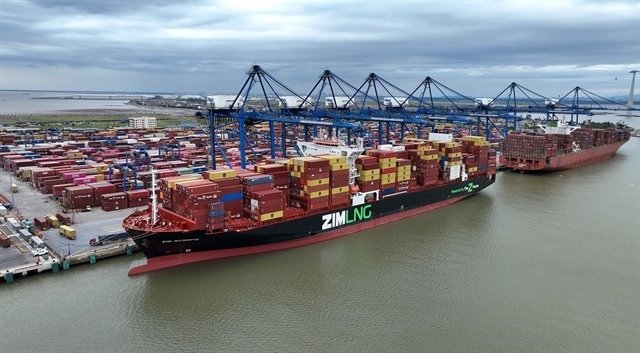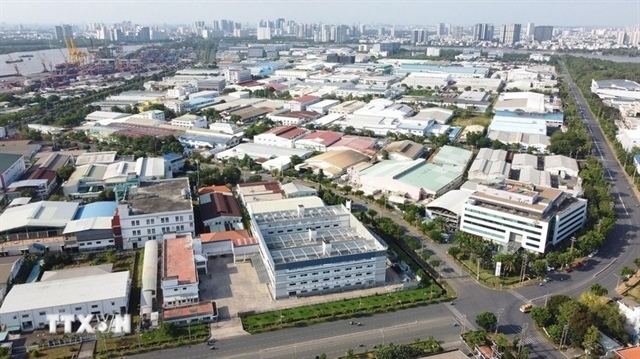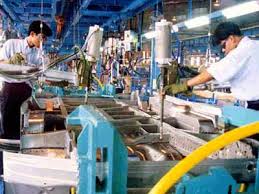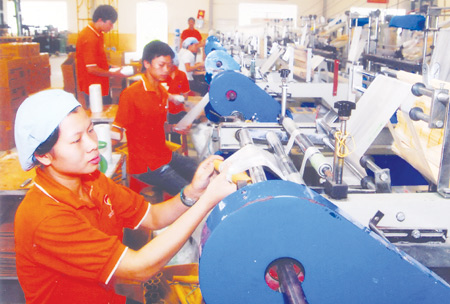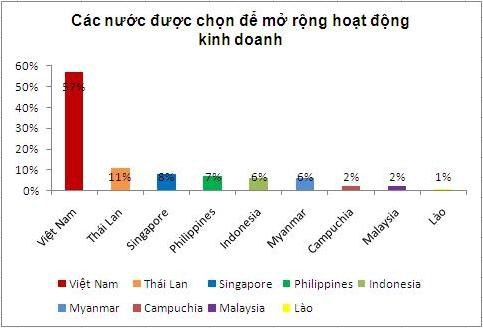6 percent GDP growth rate may be unattainable
6 percent GDP growth rate may be unattainable
It is highly possible that the Vietnam’s GDP growth rate in 2013 would be 5.1-5.2 percent.

MPI, when drawing up the socio-economic development plan for 2014, believes that Vietnam would acquire the 6 percent GDP growth rate in the year, the highest growth rate since 2011.
Analysts, commenting about the goal, said though the figure is not too high for a developing economy like Vietnam, but may be unattainable in such circumstances.
There has always been a big difference between the targeted economic growth rate and the real figure. In 2011, the government targeted the growth rate of 7-7.5 percent, but the real figure was 5.89 percent only.
In 2012, while the government strived to obtain the growth rate of 6-6.5 percent, the implemented figure was 5.03 percent. 5.5 percent is the target for 2013, but it is high possible that the growth rate would be 5.1-5.2 percent.
MPI said it has projected the figure this time on the basis of the world’s more active economic recovery than in 2013. The GDP of the global economy would grow by 4 percent, or higher than the 3.3 percent in 2013, the figures released by the International Monetary Fund (IMF) in April 2013.
However, in the latest move, IMF last week lowered its predicted growth rate for the global economy in 2014 to 3.8 percent because of the appearance of new negative factors.
In the world, the investors have become discouraged when the US FED announced the plan to scale down the QE package in 2013 and stop it by the next mid-year.
The uncertainties have been seen in the euro zone with the decrease, for the second consecutive time, of the GDP growth rate in Q1 2013. The EMI released by HSBC dropped to 50.6 in June.
According to The Asset Journal, the Chinese government has been striving for a new sustainable development model with the easing reliance on the investment. Such a reform would lead to the slowdown in the Chinese economy growth, which would affect the trade between China and other countries, including Vietnam.
Meanwhile, the Vietnamese interior problems have not been settled yet. The restructure process has been going very slowly in the banking sector, state owned enterprises and the public investment. The negative factors may hinder Vietnam to obtain the targeted growth rate of 6 percent.
International institutions’ reports also show that they are not as optimistic as the Vietnamese MPI. In May 2013, IMF lowered the predicted growth rate for Vietnam for 2014 from 6.4 percent to 5.2 percent, the sharpest cut among South East Asian economies.
Since Vietnam’s economic growth has been relying on the investment, the investment decreases would immediately lead to the lower growth rate. Meanwhile, it is expected that the society’s total investment capital in 2014 would be lower than that of the years before (about 30 percent of GDP).
MPI keeps such optimism maybe because it believes the VND30 trillion bailout to be poured into the real estate sector and the establishment of the debt trading company would help settle the biggest problems of the national economy. However, it’s still early to say about the effects of the demand stimulus package.
Meanwhile, the economic performance in the first half of 2013 was unsatisfactory. A survey of the Vietnam Chamber of Commerce and Industry VCCI showed that Vietnamese enterprises found their business in Q1 2013 worse than that of the Q4 2012.
vietnamnet


